1. Overly Small Kitchens
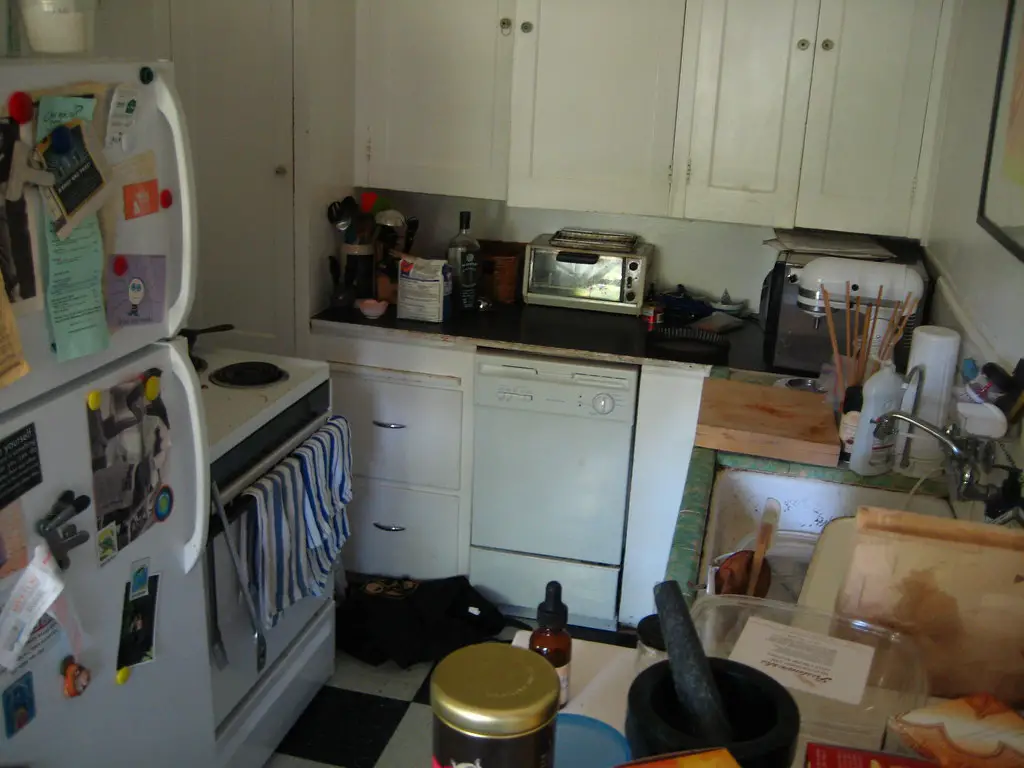
Kitchens remain one of the most important spaces for buyers, and overly small or poorly laid-out kitchens are often dealbreakers. Buyers in 2025 are looking for open, functional spaces that allow for cooking, entertaining, and dining. Cramped kitchens with limited storage or counter space can make even otherwise appealing homes feel less livable.
According to Zillow, expanding a small kitchen by opening it to adjacent living or dining areas can significantly increase a home’s appeal. Adding practical features like additional cabinetry, open shelving, or a kitchen island can also address buyers’ concerns about functionality. An updated, open kitchen is often seen as a worthwhile investment that adds long-term value.
2. Carpeted Floors
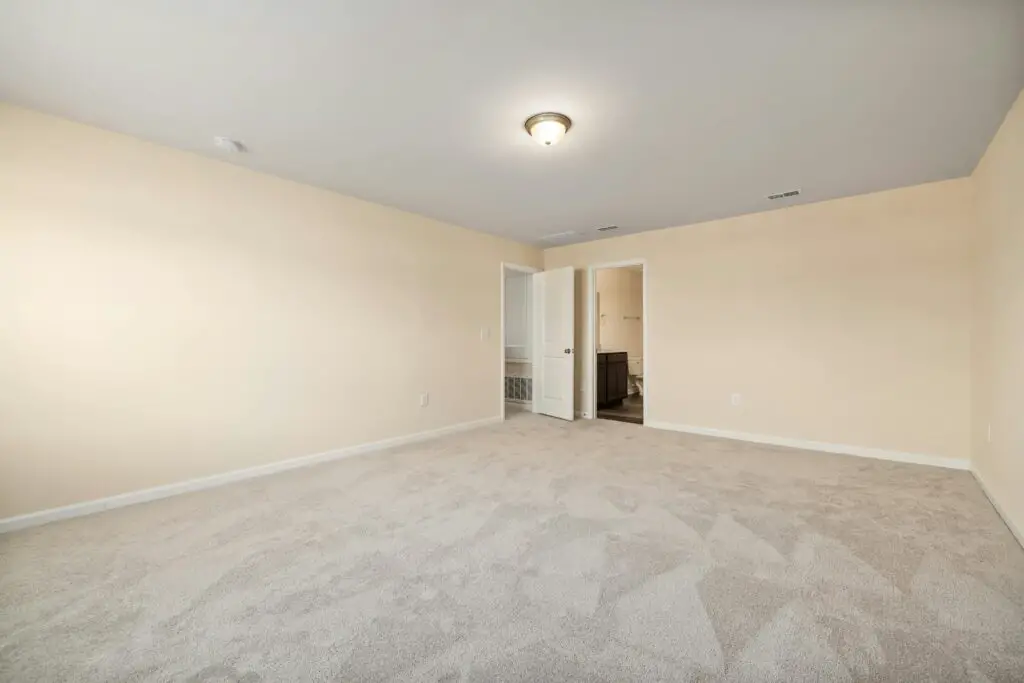
Carpet, once a popular flooring choice, has fallen out of favor with buyers who now prefer hardwood, laminate, or tile. Carpets are seen as difficult to maintain, prone to stains, and less durable than other flooring options. Additionally, they can harbor allergens like dust and pet dander, making them a turnoff for health-conscious buyers.
According to HGTV, homes with hardwood or similar flooring tend to sell faster and for higher prices than those with wall-to-wall carpet. If your home still has carpet in key areas like living rooms or bedrooms, consider replacing it with modern, low-maintenance options like vinyl plank or engineered hardwood. Buyers are particularly drawn to flooring that is both stylish and easy to clean.
3. Popcorn Ceilings

Popcorn ceilings, a common feature in homes built before the 1990s, are widely regarded as outdated and unattractive. Many buyers associate them with asbestos concerns, even if the material is no longer present, and see their removal as a costly, time-consuming project. These textured ceilings can also make rooms feel dated and less appealing.
As noted by The Spruce, removing popcorn ceilings and replacing them with smooth finishes can dramatically modernize your home. Smooth or lightly textured ceilings are far more desirable and can make a space feel larger and brighter. If your home still has popcorn ceilings, investing in their removal before selling can significantly boost buyer interest.
4. High-Maintenance Landscaping

While a beautifully landscaped yard can enhance curb appeal, high-maintenance gardens or overly elaborate outdoor spaces are becoming less desirable. Buyers in 2025 are prioritizing low-maintenance exteriors that require minimal upkeep, especially as busy lifestyles leave less time for yard work. Intricate flowerbeds, elaborate water features, or sprawling lawns can be a turnoff for many.
As highlighted by Better Homes & Gardens, replacing high-maintenance landscaping with native plants, drought-tolerant greenery, or simple hardscaping can appeal to modern buyers. Features like automated irrigation systems and low-maintenance garden designs are also attractive additions. These updates can save buyers time, money, and effort while keeping your home’s exterior looking its best.
5. All-White Interiors
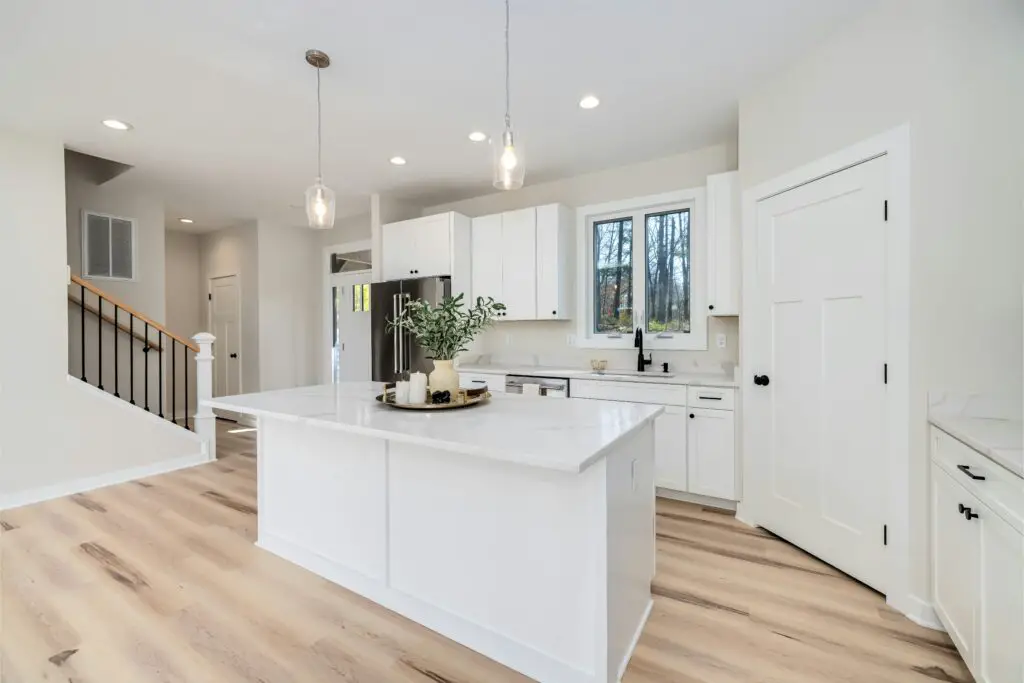
Although all-white interiors were a popular trend for years, they’re beginning to feel sterile and uninspired to many buyers. In 2025, buyers are gravitating toward warm, inviting spaces with more color, texture, and personality. All-white kitchens, in particular, are losing their appeal in favor of bold backsplashes, natural wood tones, and contrasting cabinets.
According to Elle Decor, adding subtle pops of color or texture through wall paint, furniture, or accent pieces can make your home feel more inviting. Neutral tones like beige, taupe, or greige are becoming popular alternatives to stark white. Updating key spaces like the kitchen or living room with warmer hues can create a more modern and appealing aesthetic.
6. Outdated Bathrooms
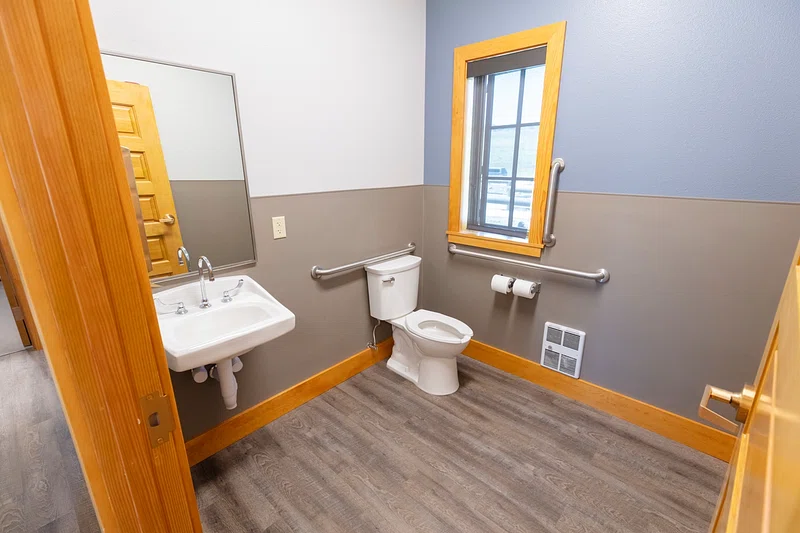
Buyers in 2025 are placing a high value on updated, spa-like bathrooms, and outdated designs can be a major deterrent. Features like pink or green tile, bulky whirlpool tubs, and brass fixtures make bathrooms feel old-fashioned. Buyers are also avoiding bathrooms with poor lighting, outdated vanities, or inefficient layouts.
According to Realtor.com, modernizing your bathroom with neutral tiles, frameless glass shower doors, and sleek, water-efficient fixtures can greatly increase its appeal. Upgrading the lighting and adding storage solutions like floating shelves or a double vanity can also make the space feel more luxurious. A clean, modern bathroom is a top priority for today’s homebuyers.
7. Over-the-Top Smart Home Systems
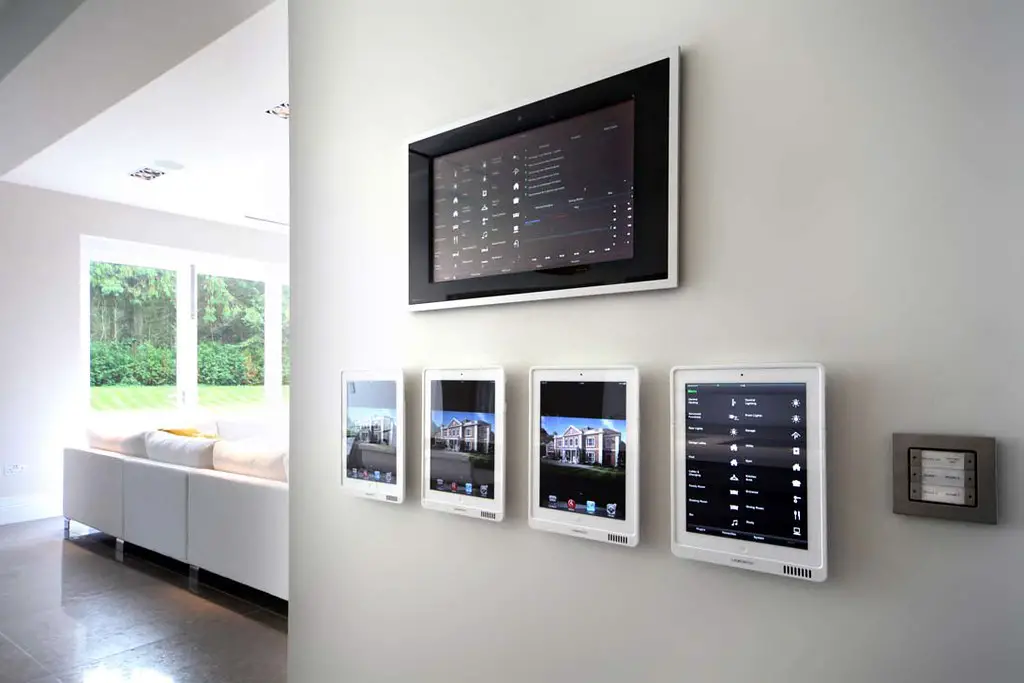
While some smart home features, like thermostats or video doorbells, are appealing to buyers, overly complex or unnecessary systems can be a turnoff. Buyers may feel overwhelmed by complicated setups or worry about maintenance costs. Excessive automation, like voice-controlled faucets or elaborate lighting systems, might come across as impractical or intimidating.
As highlighted by CNET, focusing on user-friendly smart home features, like programmable thermostats or integrated security cameras, can strike the right balance. Avoid installing systems that require constant updates or specialized knowledge to operate. Buyers appreciate convenience, but not at the expense of usability.
8. Converted Garages

While converting a garage into a living space might seem like a good way to add square footage, many buyers view this as a negative feature. Garages are highly valued for parking, storage, and hobbies, and losing this functional space can be a dealbreaker. In cities with limited parking, a converted garage can significantly lower your home’s appeal.
According to Zillow, keeping the garage functional is often a smarter choice for resale value. If you’ve already converted your garage, consider leaving it easy to revert back to its original use. Adding storage solutions, like overhead racks or cabinets, can also increase its utility without compromising the space.
9. Overly Themed Rooms
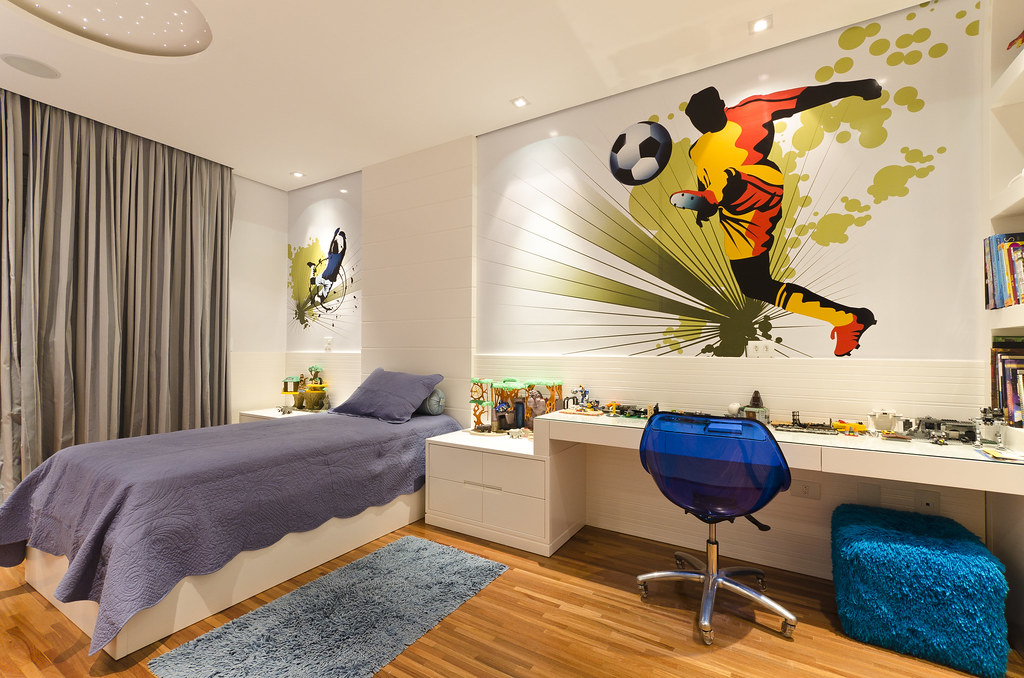
Highly themed rooms, such as pirate-themed bedrooms or retro diner kitchens, can limit buyers’ ability to imagine themselves in the space. While these rooms might appeal to a specific taste, they often require extra work to neutralize, making them less appealing to a broader audience. Buyers prefer blank slates that allow them to envision their own design ideas.
As noted by The Spruce, neutralizing overly themed rooms by repainting walls or replacing themed décor with more versatile pieces can make your home more marketable. Subtle nods to a theme, like accents or artwork, are fine, but avoid going overboard. A well-balanced design keeps your home appealing to a wider range of buyers.
10. Formal Dining Rooms
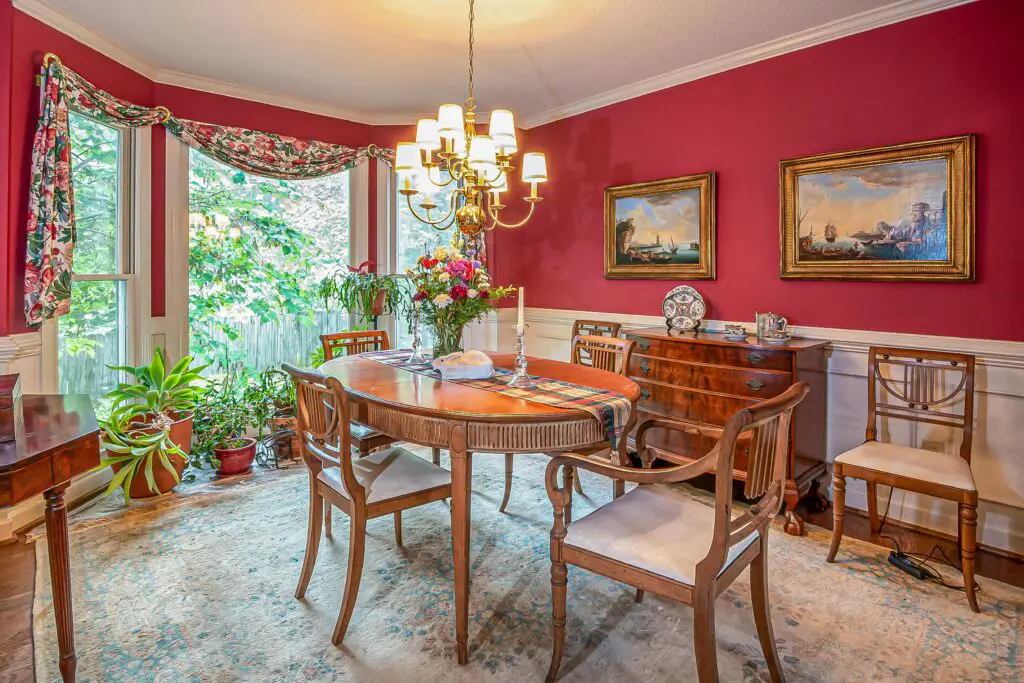
As open-concept living becomes more popular, traditional formal dining rooms are falling out of favor. Many buyers see these spaces as underutilized, especially in homes with eat-in kitchens or large islands. A formal dining room that feels separate from the main living areas can make a home feel less functional and more dated.
According to Architectural Digest, repurposing a formal dining room as a home office, playroom, or multifunctional space can increase your home’s appeal. If you prefer to keep the dining room, updating it with modern lighting and versatile furniture can make it feel less stuffy. Buyers appreciate spaces that adapt to their lifestyles.
11. Too Many Built-Ins

While built-in shelving and cabinetry can add character to a home, an overabundance of built-ins can make spaces feel overly personalized or limit flexibility. For example, built-ins designed for outdated technology, like entertainment centers for large box TVs, may no longer be practical or desirable. Buyers may view them as a hassle to remove or repurpose.
As highlighted by Better Homes & Gardens, keeping built-ins simple and functional ensures they remain a positive feature. Avoid installing overly specific designs that don’t appeal to a wide audience. Versatile built-ins, like bookshelves or window seats, are more likely to attract buyers.
12. Wall-to-Wall Mirrors
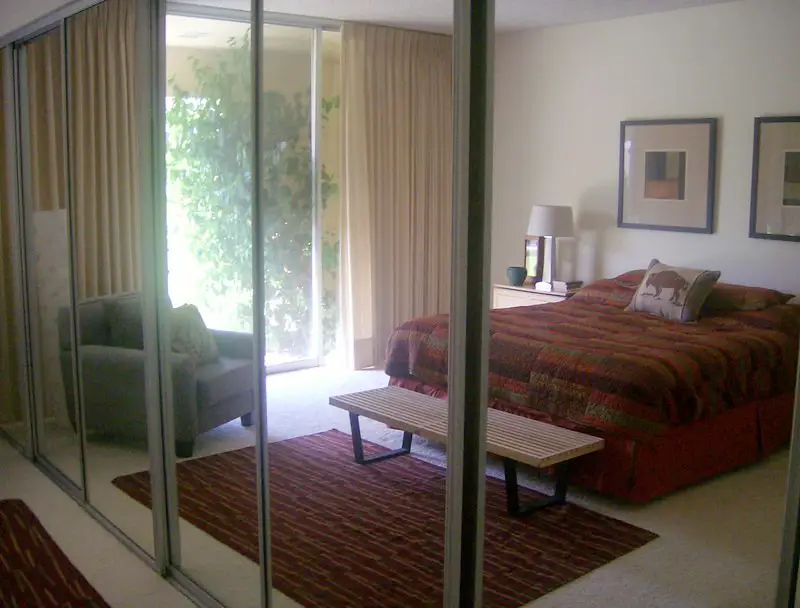
Wall-to-wall mirrors, a popular design trend in the 1980s and 1990s, are considered outdated and unappealing to many buyers in 2025. These oversized mirrors can make a space feel overly cold or dated, especially in dining rooms, living rooms, or bedrooms. Removing or covering them often requires extra effort, which can deter buyers.
According to The Spruce, replacing large mirrors with neutral paint, textured wallpaper, or smaller, framed mirrors can modernize the space. Buyers prefer minimalist or well-placed reflective surfaces that enhance natural light without overwhelming the room.
13. Unfinished Basements
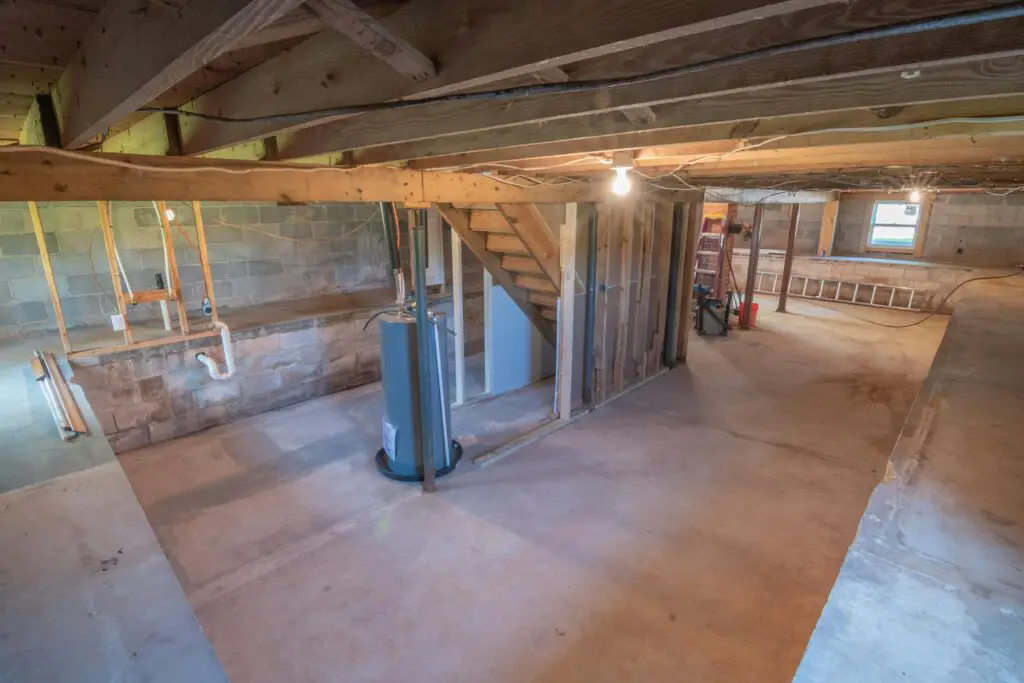
An unfinished basement can be a missed opportunity for buyers looking for additional living space. Buyers often view basements as extensions of the home, ideal for playrooms, gyms, or guest suites. Unfinished spaces with exposed wiring, concrete floors, or poor lighting can leave a negative impression and signal extra work ahead.
According to Realtor.com, finishing a basement with proper flooring, insulation, and lighting can significantly boost your home’s value and attract buyers. Even small updates, like painting concrete floors or adding a drop ceiling, can make the space feel more usable and inviting.
